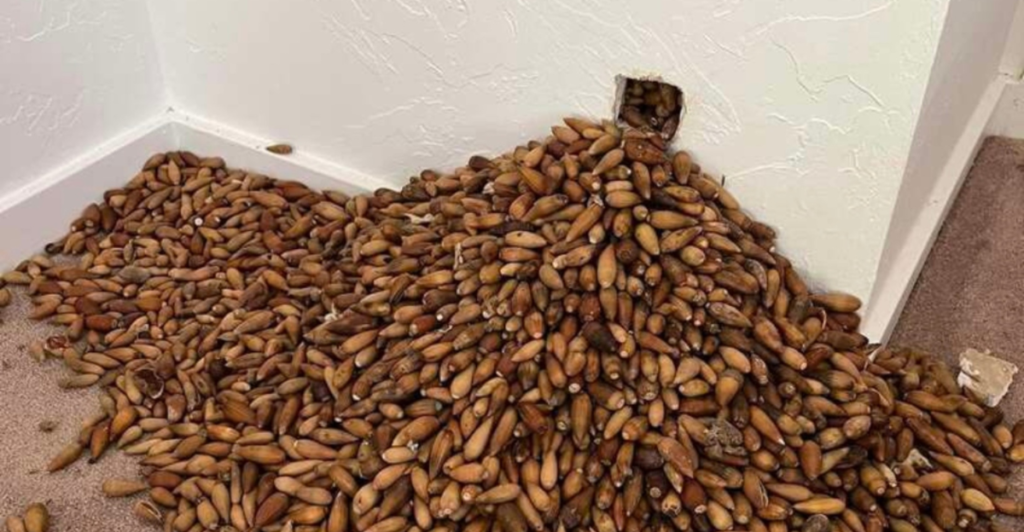
The majority of homeowners have the impression that they can remove any animal from their homes. But there are laws that offer protection to specific species even when they become unwanted visitors. Governments implement them to maintain the diversity of nature, help conserve endangered species, and promote gentle handling of fauna. In the U.S., laws like the Endangered Species Act (ESA) and the Migratory Bird Treaty Act (MBTA) impose heavy fines on those who remove protected animals without authorization. Similar laws exist worldwide, such as the UK’s Wildlife and Countryside Act (1981). Whether it’s a bat colony in your attic or a bird nesting in your chimney, removing these creatures without proper permits can lead to legal trouble. This list includes 10 unexpected animals that you can’t remove from your property and why they deserve protection.
1. Bats: The Hidden Guardians of Your Loft
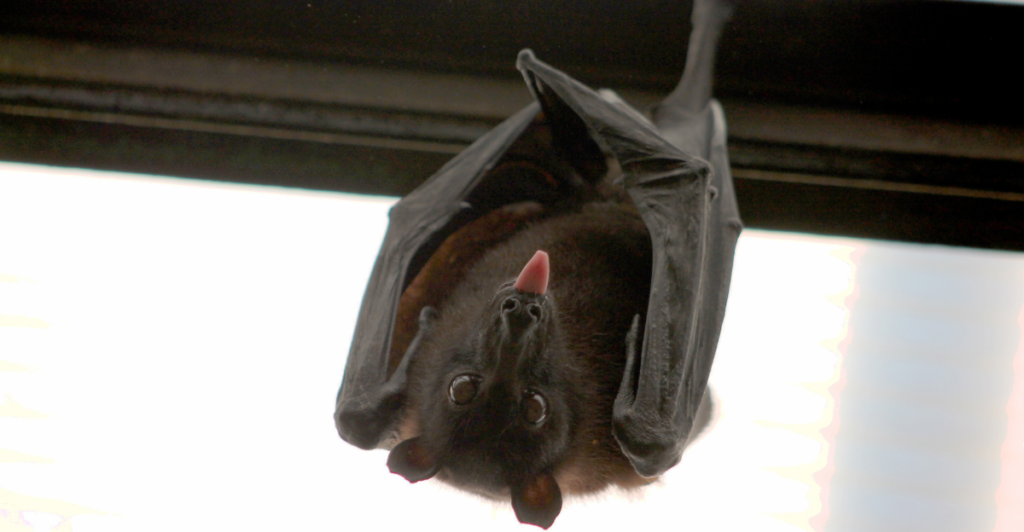
The majority of homeowners have the impression that they can remove any animal from their homes. But there are laws that offer protection to specific species even when they become unwanted visitors. Governments implement them to maintain the diversity of nature, help conserve endangered species, and promote gentle handling of fauna. In the U.S., laws like the Endangered Species Act (ESA) and the Migratory Bird Treaty Act (MBTA) impose heavy fines on those who remove protected animals without authorization. Similar laws exist worldwide, such as the UK’s Wildlife and Countryside Act (1981). Whether it’s a bat colony in your attic or a bird nesting in your chimney, removing these creatures without proper permits can lead to legal trouble. This list includes 10 unexpected animals that you can’t remove from your property and why they deserve protection. Bats typically infest loft space, chimneys, and outbuildings, leaving homeowners spooked. Certain of their species, for instance, the Indiana bat (Myotis sodalis), are federally and state-protected. Slaying them or chasing them out with violent actions will earn someone a maximum fine of $5,000 in America. In the UK, bats and roosts are all protected under the Wildlife and Countryside Act. Bats are beneficial to ecosystems due to the fact that they eat thousands of mosquitoes and crop pests nightly. Exclusion is preferred by wildlife agencies as a method, i.e., placing bat houses or waiting for migration seasons. Some, such as the gray bat, are federally listed as endangered, so their removal is even more strictly regulated. Homeowners must summon wildlife professionals to be law-abiding.
2. Honeybees: A Pest, but a Harmless Pollinator
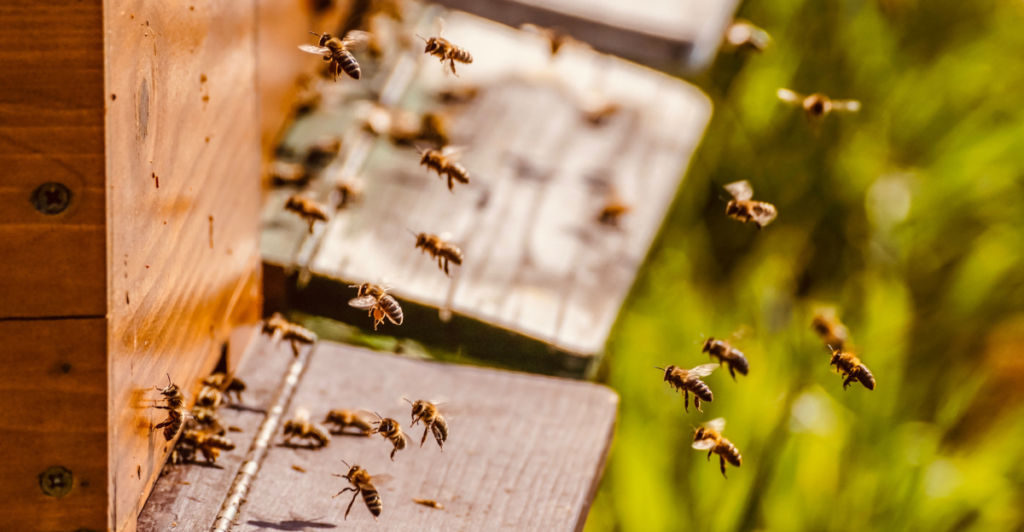
Harvesting honeybees is a nuisance, but killing or relocating them without a permit is illegal in most jurisdictions. Honeybees are valuable pollinators, used to pollinate more than 75% of all food crops worldwide. With colony collapse disorder, numerous governments have laws in place to conserve bee populations. In America, the use of pesticides is regulated by the Environmental Protection Agency (EPA) to protect bees from harm. In Britain, the Protection of Pollinators Act demands that honeybee colonies be relocated and not destroyed. Permits are needed before beekeepers remove colonies in some American states, such as California. Homeowners should instead call local beekeepers who will rehome swarms safely, rather than killing them. Squashing bees, particularly with unregistered pesticides, can lead to fines or prosecution.
3. Barn Owls: Nocturnal Hunters You Can’t Evict
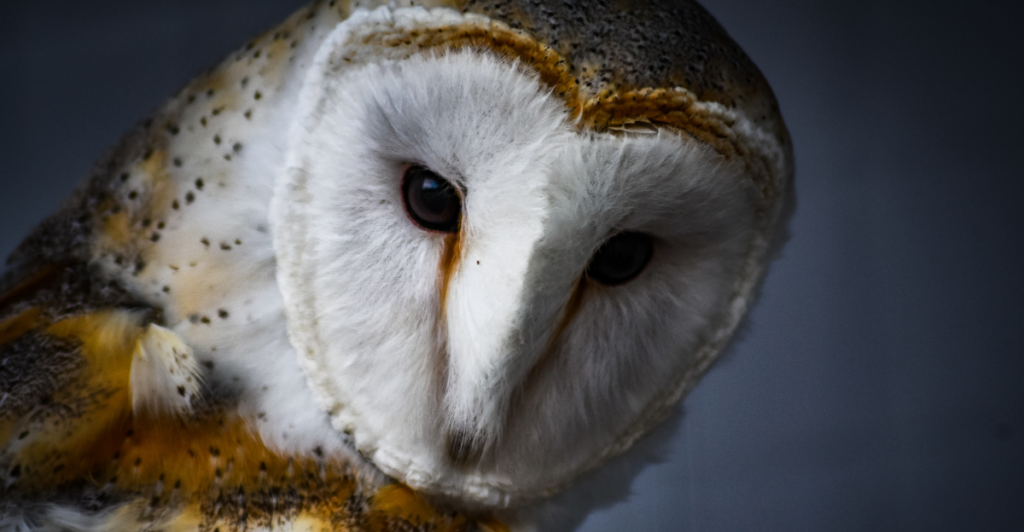
Barn owls (Tyto alba) like to breed in old structures, attics, and barns. They are, nevertheless, well-protected by the U.S. Migratory Bird Treaty Act (MBTA) and similar laws in Canada and the UK. It is unlawful to destroy or disturb a barn owl nest without a permit. Doing so can mean fines of up to $15,000. Barn owls offer free rodent control and eat more than 1,000 mice annually. Since they come back to the same spots every year, these need to be treated with respect for long-term ecological impact. Or, homeowners can install owl nesting boxes. If an owl becomes a pest, legal remedies exist in the form of services by licensed wildlife rehabilitators. Unlicensed removal or killing of owls can lead to severe consequences, so coexistence would be the most desirable approach.
4. Gopher Tortoises: Burrowing Ecosystem Engineers
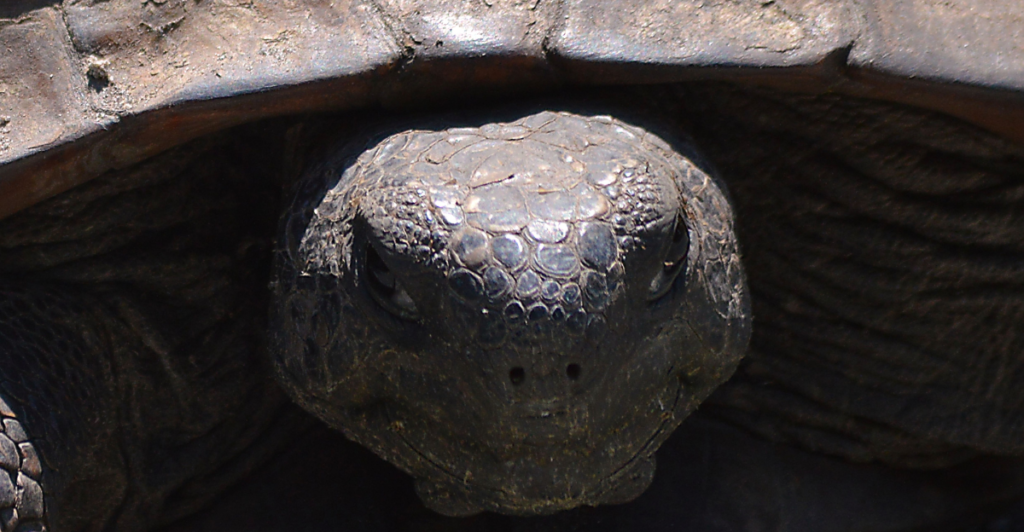
Gopher tortoises (Gopherus polyphemus) excavate deep burrows that offer shelter to more than 350 other species, making them assets to ecosystems. Gopher tortoises are protected by state and federal law in Florida, Georgia, and other Southeastern states of the U.S. Harming, taking, or transferring them without a special permit is punishable by more than $500 fines per occurrence. Their population is dwindling as the destruction of their natural environments takes over, and protective measures are enforced to a greater extent. Owners have to call state wildlife agencies in case one is spotted on private land so that relocation instructions can be given. In other instances, a trained expert must relocate them safely. Because these tortoises live for decades, conservation over the long term is crucial for ensuring biodiversity.
5. Swifts: Birds Nesting Inside Yours
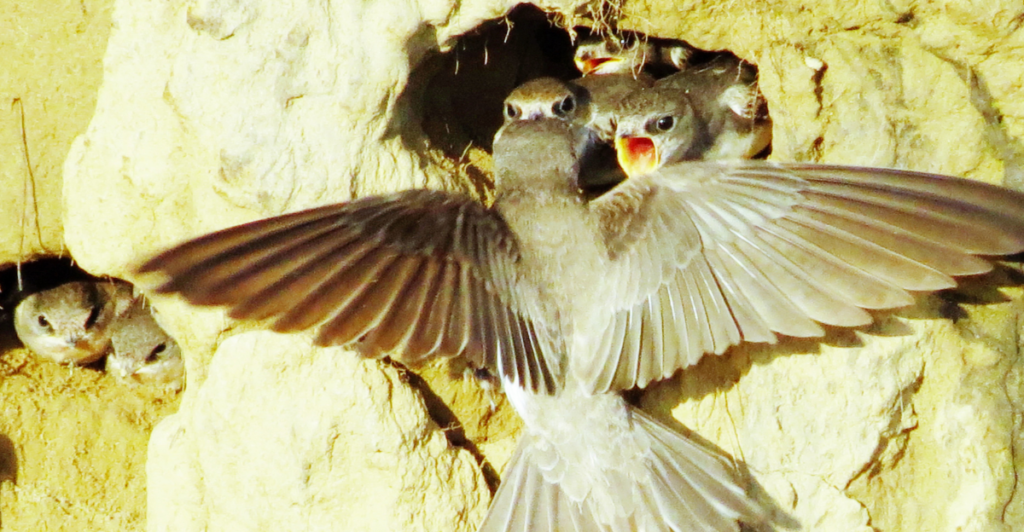
Swifts, especially chimney swifts (Chaetura pelagica), nest inside chimneys and roofs. While their residency is a nuisance, the birds are under protection by the U.S. Migratory Bird Treaty Act and other foreign legislation. Destroying a nest during breeding season is punishable by as much as $10,000 in fines. Since they lose homes, their numbers are dwindling, and they need to be conserved. Since they return to the same nesting sites every year, residents must wait for them to fly south before blocking entrances. Some wildlife programs even suggest that people install nesting towers so swifts have other homes to go to. Rather than removing them illegally, citizens have the option of coordinating with conservation groups to discover alternative ethical and legal solutions.
6. Salamanders: The Surprisingly Protected Amphibians

Certain salamanders, such as the Eastern hellbender (Cryptobranchus alleganiensis), are absolutely guarded against habitat destruction and population decline. In streams and damp basements, these amphibians keep a rein on insects. In the United States, certain salamanders are protected by the U.S. Endangered Species Act and their removal is thereby not allowed. Other states have fines of more than $2,000 for injuring or moving them without a permit. Because salamanders are bioindicators of water quality, their presence indicates that the environment is in good health. Homeowners confronted with salamanders can contact local wildlife agencies for assistance. Rather than removal, conservationists suggest enhancing local habitats, including keeping water sources clean. Recognizing their value to the environment can change people’s attitudes about these frequently overlooked animals.
7. Woodpeckers: The Drummers Who Won’t Quit
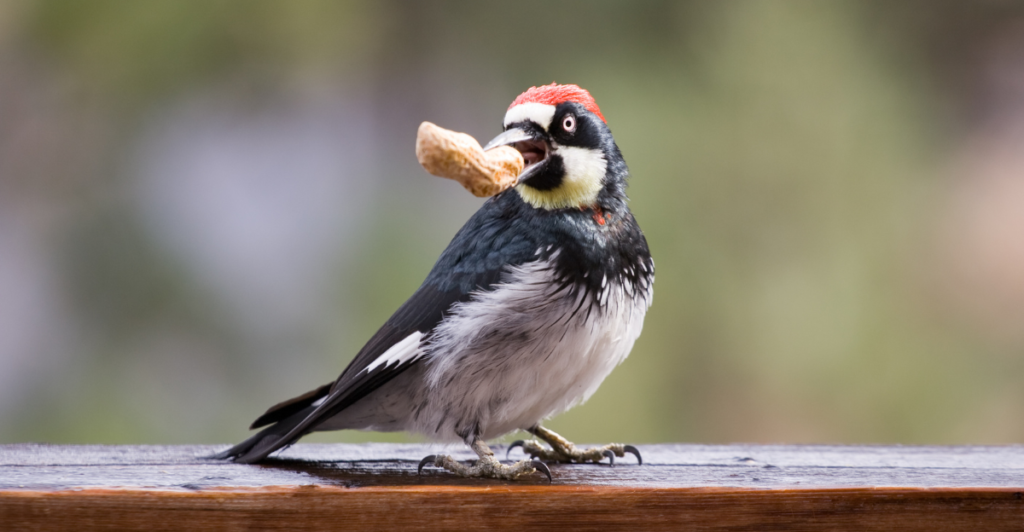
Woodpeckers can wreck houses by drilling holes in wood to find insects. But birds such as the red-cockaded woodpecker (Picoides borealis) are protected by federal law, such as the U.S. Migratory Bird Treaty Act. To kill, injure, or even disturb their nests can carry up to $500 in fines per infraction. These birds are essential to insect control, espeically wood-boring insects. Visual deterrents such as reflective tape or secondary roosts may be employed to facilitate relocation in place of removal. Wildlife permits might be required to intervene for wood damage. Knowledge of their status on the books will avoid wasting funds for fines and will assure that their population is kept intact.
8. Bison: The Large Mammals You Could Find Yourself Stuck With
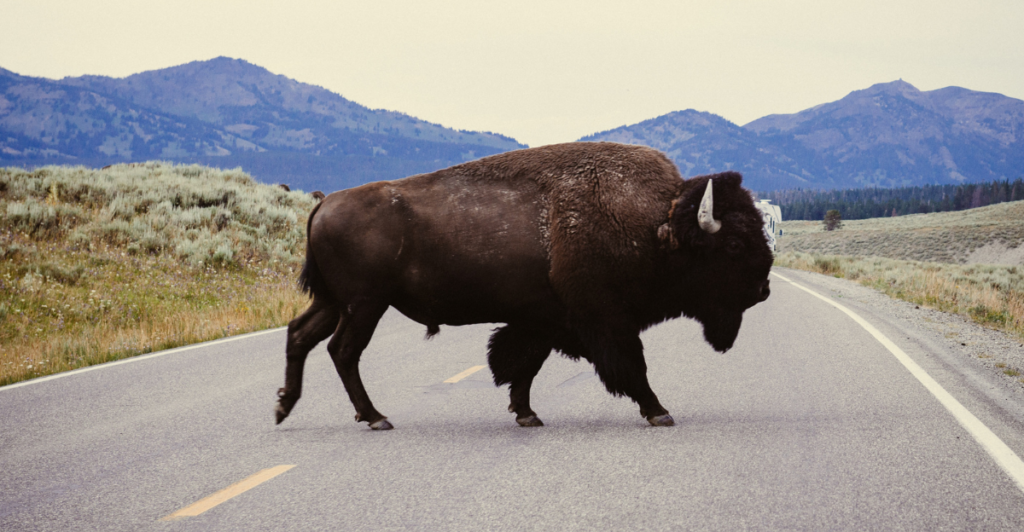
In certain states within the U.S., bison cannot be moved from private land without approval. Because of strict conservation protocols, bison herds are legally protected within states such as Montana and Wyoming. Previously, herds of bison were nearly wiped out during the 19th century, and thus stringent protection measures were put in place. Owners who have a bison intrusion are required to call state wildlife agencies to arrange for a legal and safe removal procedure. Alternatively, they can be asked to let the animal graze freely until wildlife officials arrive.
9. Alligators: Your Unwanted Guests in the Backyard
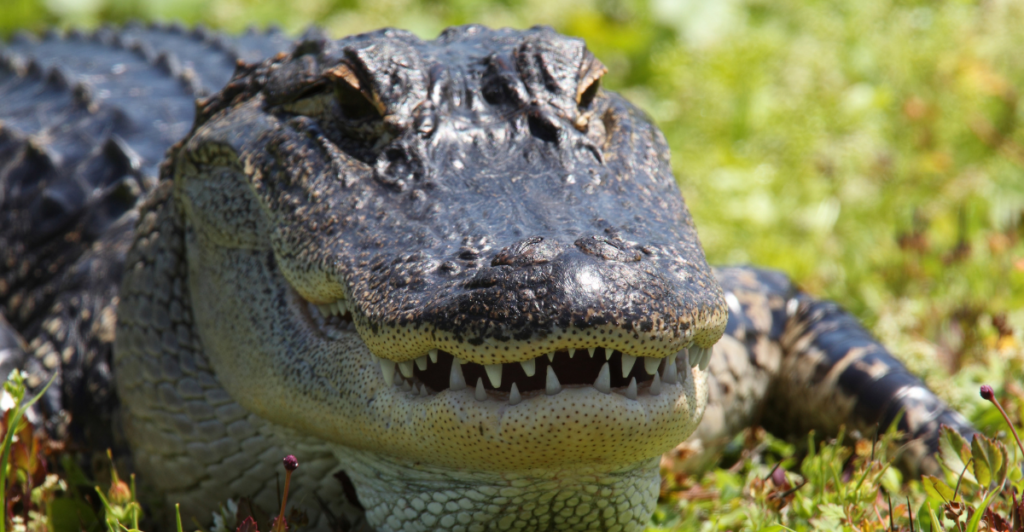
In the southeast U.S., Florida and Louisiana especially, alligators are frequent guests in neighborhoods, backyard swimming pools, and golf courses. These reptiles, though, are an endangered species protected by the Endangered Species Act as well as state laws, making them illegal to harass or remove without a permit. Removal without authority can lead to fines of more than $5,000. Wildlife authorities offer licensed trappers to remove problem alligators safely. They are advising residents not to feed them, as it leads to risky human-wildlife conflict. If the alligator is on private property, the best course of action is to call local wildlife authorities instead of trying to relocate it.
10. Prairie Dogs: The Burrowing Rodents You Can’t Evict
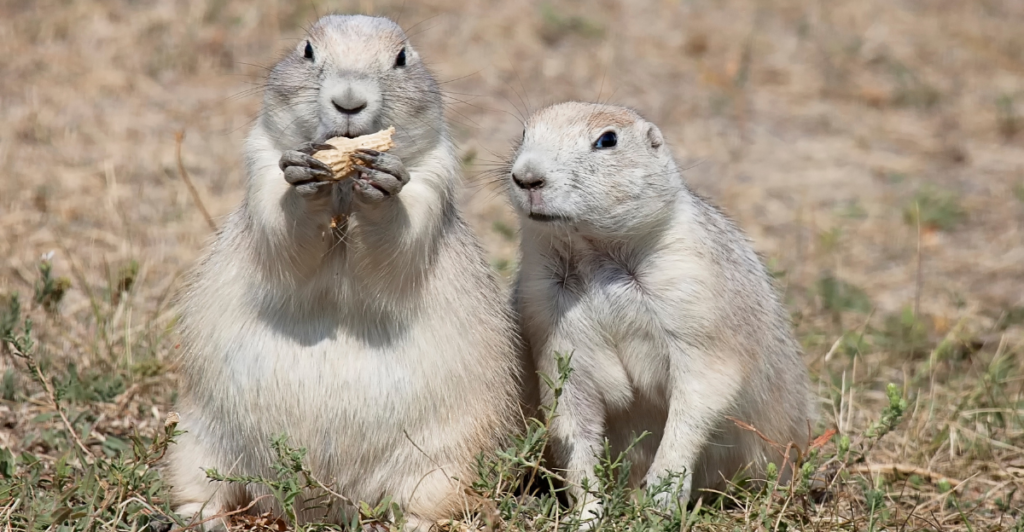
Prairie dogs are pests because they are excellent burrowers and can devastate landscapes and even threaten livestock. Still, in some states, like Colorado and Texas, some species of prairie dogs, like the black-tailed prairie dog, are protected because their populations have dwindled. Because their burrows house so many other animals, they are incredibly beneficial to grassland ecosystems. It is against the law in some places to poison, trap, or relocate them without licenses. People who own homes occupied by prairie dogs are advised to employ non-lethal deterrents or call wildlife management authorities for a recommendation on what is advised. Though some protected species would appear to be troublesome, they do carry some ecological advantages. Bats regulate insects, bees pollinate plants, and birds regulate rodents. Removing them without permission can lead to massive fines or even prosecution. Rather than removing them illegally, homeowners would be better off trying more humane alternatives like exclusion devices, birdhouses, or wildlife removal companies. Conservation law is in place to preserve biodiversity so that these animals’ presence will not be lost to future generations. If you have a legally protected animal on your land, the best course of action is to contact wildlife experts. By accepting coexistence and legal protections, we can ensure a healthier environment without heavy penalty.
Explore more of our trending stories and hit Follow to keep them coming to your feed!

Don’t miss out on more stories like this! Hit the Follow button at the top of this article to stay updated with the latest news. Share your thoughts in the comments—we’d love to hear from you!







